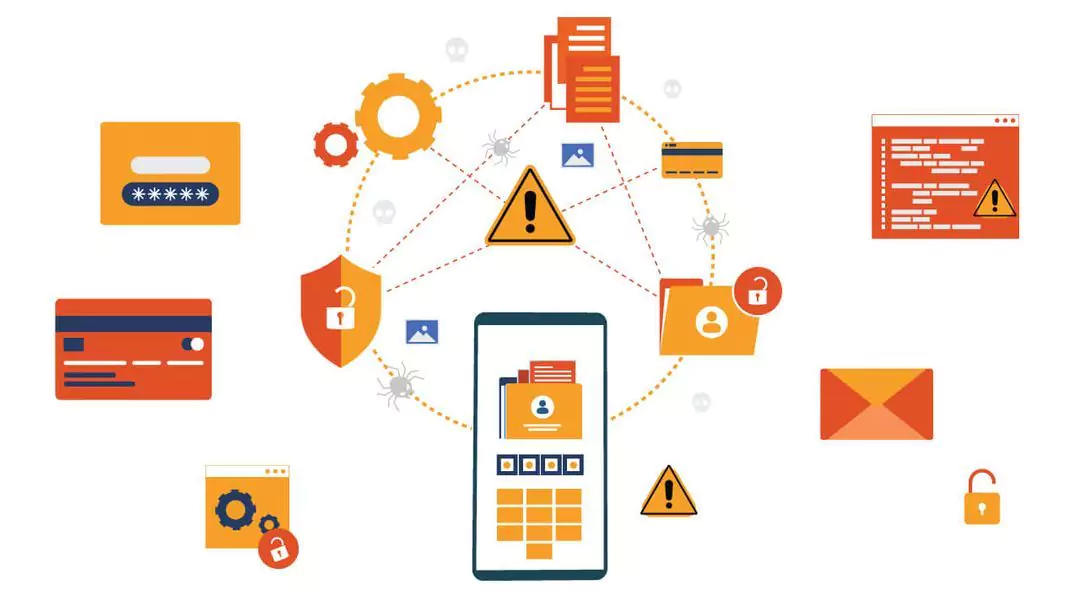In today's digital world, where sensitive data is stored in software, security is essential in software development. In this blog, we'll explain how security testing integrates seamlessly with software testing, using clear examples to demonstrate its importance. Understanding security testing helps you develop more secure products.
What is Security Testing?
Security testing is a critical component of software development that identifies and addresses security vulnerabilities in software applications. It seeks to protect the software against malicious attacks, unauthorized access, and data breaches.
Security testing ensures software meets security standards. Moreover, it involves analyzing security features and methods and conducting penetration tests to detect flaws and vulnerabilities that hostile actors could exploit.
The purpose of security testing is to detect security vulnerabilities and make recommendations for remediation to improve the software program's overall security. Testers simulate real-world attacks to validate existing security systems, identify and fix weaknesses, preventing attacks before they happen.

Types of Security Testing in Software Testing
Data Flow Analysis
Data flow analysis identifies program weaknesses in security testing. It detects uninitialized variables, data validation errors, and leaks. Early discovery of security vulnerabilities makes the software more secure and robust. Data flow analysis can be complicated, but when used with other methods, it can help security testers.
>> Read more: Top 14 Best Data Security Software For Your Businesses
Penetration Testing (Pen Testing)
Penetration testing involves ethical hackers or security specialists to simulate a real-world attack on a system or app. Penetration testing assesses a system or app's security, resilience, and resistance to various attacks. Penetration testing can be done manually or with tools. It can improve your security and provide you with advice.
Vulnerability Scanning
Computer programs search for vulnerabilities in a system or app during vulnerability scanning. Security flaws like obsolete software, misconfigurations, missing updates, and open ports can be found by vulnerability screening. Daily or as needed, it can provide reports and ideas for fixing or reducing vulnerabilities.
Static analysis
Security testing using static analysis examines the system or application's source or binary code without executing it. Static analysis can find code mistakes, defects, vulnerabilities, and quality concerns that could compromise system or application security. Static analysis can check code against specified rules or standards at any step of development using tools or manual reviews.
Dynamic analysis
Dynamic security testing examines a system or application's behavior or performance while running. Dynamic analysis can find runtime faults, memory leaks, resource consumption, and functional concerns that could jeopardize system, application security or reliability. Dynamic analysis can collect and analyze data using tools or manual observation during testing, debugging, or monitoring.
Risk assessment
Risk assessment is a sort of security testing that assesses system or application threats and their likelihood and impact. Risk assessment helps prioritize and classify security issues and establish the best controls to reduce or eliminate them. Risk assessment can be done before, during, or after software development or deployment using frameworks or approaches.
Compliance testing
Security testing that checks if a system or application follows local laws, regulations, standards, or policies is called compliance testing. Compliance testing can verify that the system or application meets security, privacy, quality, and performance standards. Audits, certifications, and accreditations might employ checklists or tools to test compliance.

Why is Security Testing Important?
Security testing is crucial for many reasons as below:
-
Protects Sensitive Data: Security testing helps to secure personal and sensitive information from unauthorized access, disclosure, or theft.
-
Prevents Security Breaches: By proactively discovering vulnerabilities in your system, security testing prevents breaches before they happen.
-
Maintains Trust: Security testing contributes to the trust of customers, clients, and users by demonstrating that the system is secure and that their information is safe.
-
Meets Compliance Criteria: Many industries have regulations mandating specific security measures (e.g., HIPAA in healthcare). Security testing ensures your system meets these requirements.
-
Improves System Dependability: Security vulnerabilities can sometimes lead to system crashes or malfunctions. Security testing helps identify and fix these issues, boosting overall system reliability.
In short, security testing is an investment that safeguards your data, strengthens trust, ensures compliance, and improves system reliability, ultimately saving you time, money, and reputation.
How To Do The Security Testing in Software Testing?
Step 1: Ensuring Security Right Away
Consider security testing as soon as the development cycle is started. Vulnerabilities can be found and fixed early on by integrating security testing into each step of the SDLC. This proactive approach saves time and resources compared to fixing critical issues later.
>> Read more: 4 Steps To Integrate Security into DevOps
Step 2: Identifying Your Security Targets
It's important to understand the exact requirements of your program before diving in. Examine industry rules, relevant security policies, and the application’s risk profile. This assists in identifying the most important security needs so that you can focus your testing efforts on addressing those particular threats.
Step 3: Selecting the Appropriate Security Tools/Techniques
When it comes to security testing, there is no one-fit-all solution. Different strategies work well at different phases and reveal specific weaknesses. By carefully choosing the appropriate security types, you may guarantee a thorough security evaluation of your software.
Step 4: Starting Security Software Testing
It's time to put your preferred security testing techniques to use! The details will change based on your approach. This could be employing DAST tools to analyze the application during runtime, manually imitating attacker behavior in pen testing, or executing automated tools like SAST scanners.
Step 5: Analyzing the Threat Environment
After the tests are finished, carefully examine the outcomes. Determine which vulnerabilities are most serious and easily exploited, then rank them accordingly. Setting priorities well enables you to address the most serious threats first.
Step 6: Strengthening Your Barriers
Now that vulnerabilities have been found, a repair strategy needs to be created. Depending on your findings, this can entail applying security updates, repairing code issues, or changing system parameters. Recall that maintaining security is a continuous effort. Retest the application after applying fixes to make sure that vulnerabilities are fixed and to confirm the efficacy of your work.

Use Cases of Security Testing in Software Testing
Test Case 1: Validating Input - Password and Username
This test case is designed to confirm how the application responds to incorrect user input when a user logs in.
Steps in the Test:
-
Type a blank password or username.
-
Enter a username that contains special characters that the system does not support.
-
Enter a username or password that is excessively long (more characters than necessary).
Anticipated Outcome: The software ought to provide unambiguous error notifications pinpointing the precise validation problem (such as "Username cannot be empty," "Special characters are not allowed," or "Password surpasses maximum length").
Test Case 2: Safe Session Administration
This test case is designed to confirm whether the program securely manages user sessions.
Steps in the Test:
-
Open the application, log in, and maintain the open session.
-
Launch the application in a new window of your browser and try to get to a page that is personal to you.
Anticipated Outcome: In the new window, the program ought to prevent access to user-specific pages in the absence of valid authentication. This could entail requesting a session refresh or another login prompt.
Test Case 3: Simulation of A Password-Guessing Attack
This test scenario mimics a Password-guessing attack, in which an attacker tries a variety of combinations in an attempt to guess the login credentials.
Step in the Test:
Make a script or utilize an automated tool to try different identities and popular password combinations for login attempts.
Anticipated Outcome: The program ought to incorporate features that restrict login attempts following a certain quantity of unsuccessful tries. This could entail requesting extra authentication (like a CAPTCHA) or temporarily locking the account.

>> Read more:
- Best Practices for Enhancing CI/CD Pipeline Security
- Mastering Functional Testing for Delivering Bug-Free Software
Conclusion
Security testing in software testing is critical for an application since it determines whether secret data remains confidential. In this sort of testing, the tester takes on the role of an attacker and explores the system to discover security flaws. Security testing is crucial in software development to secure data at all costs.
>>> Follow and Contact Relia Software for more information!
- testing
- development

